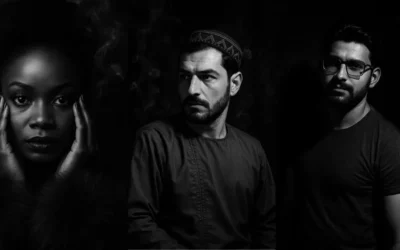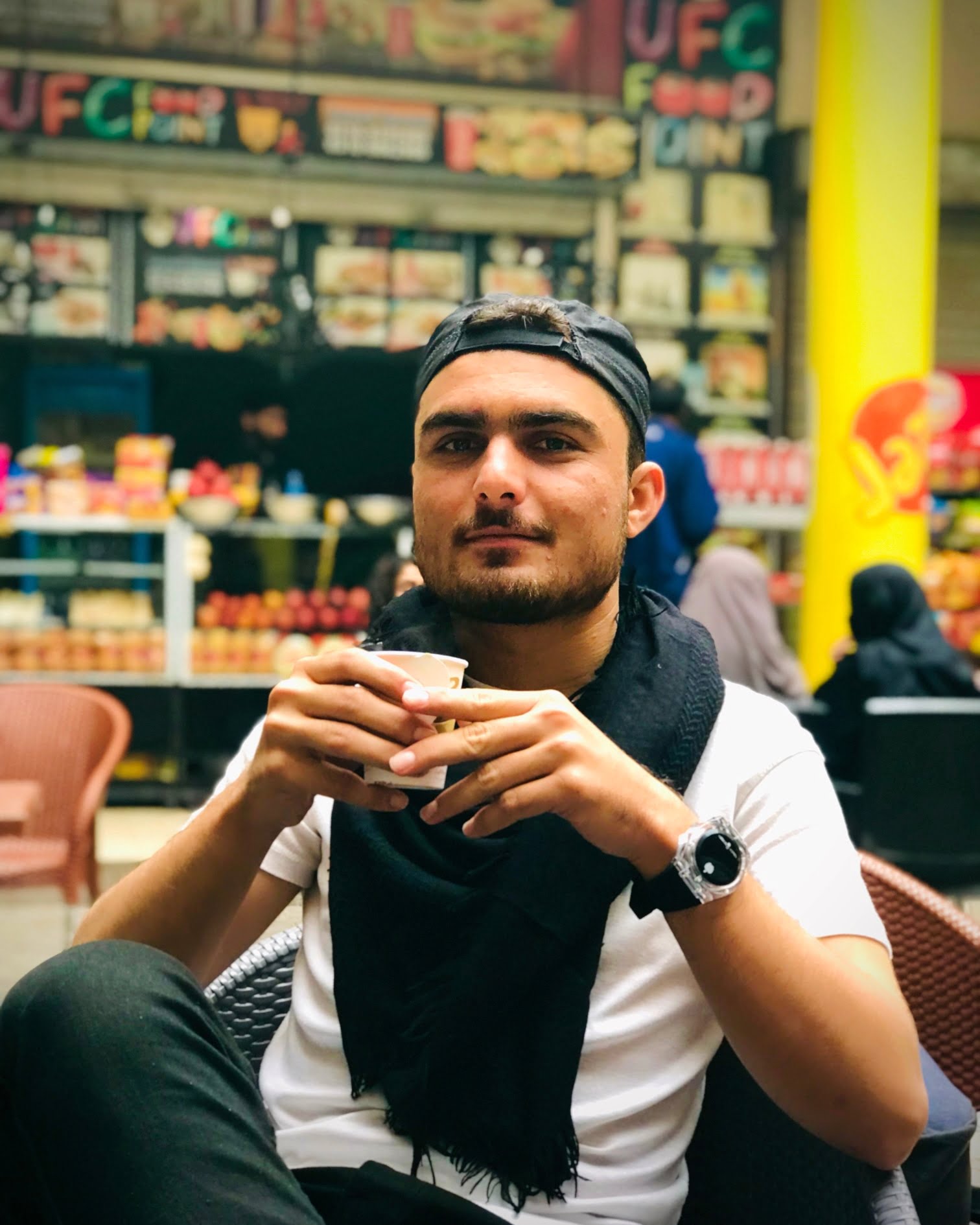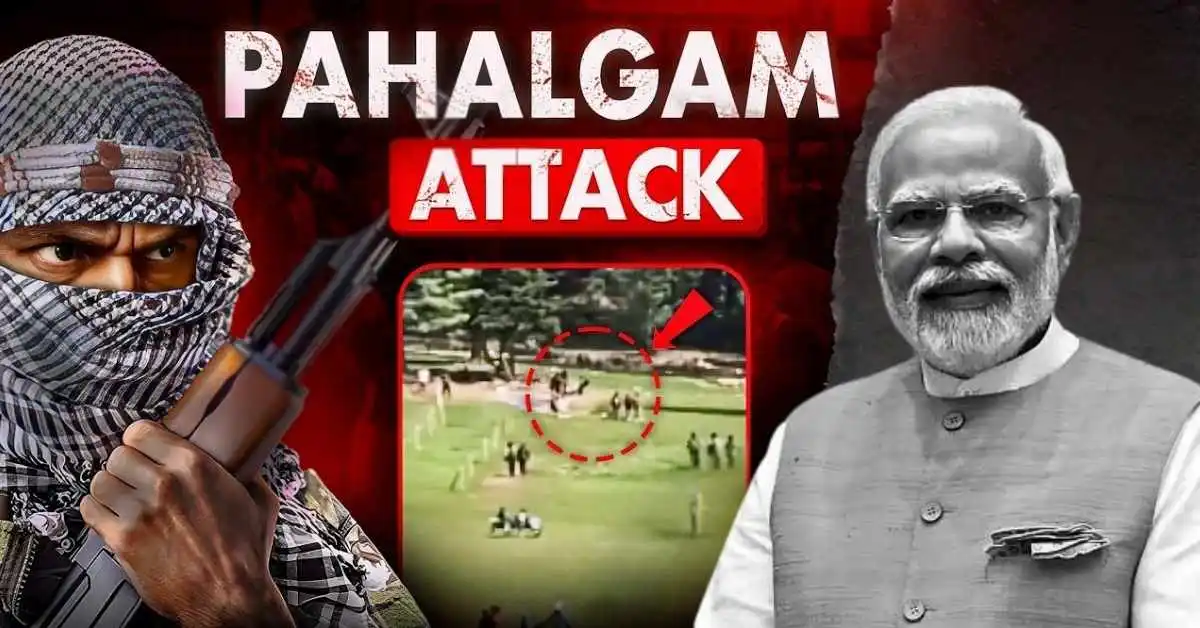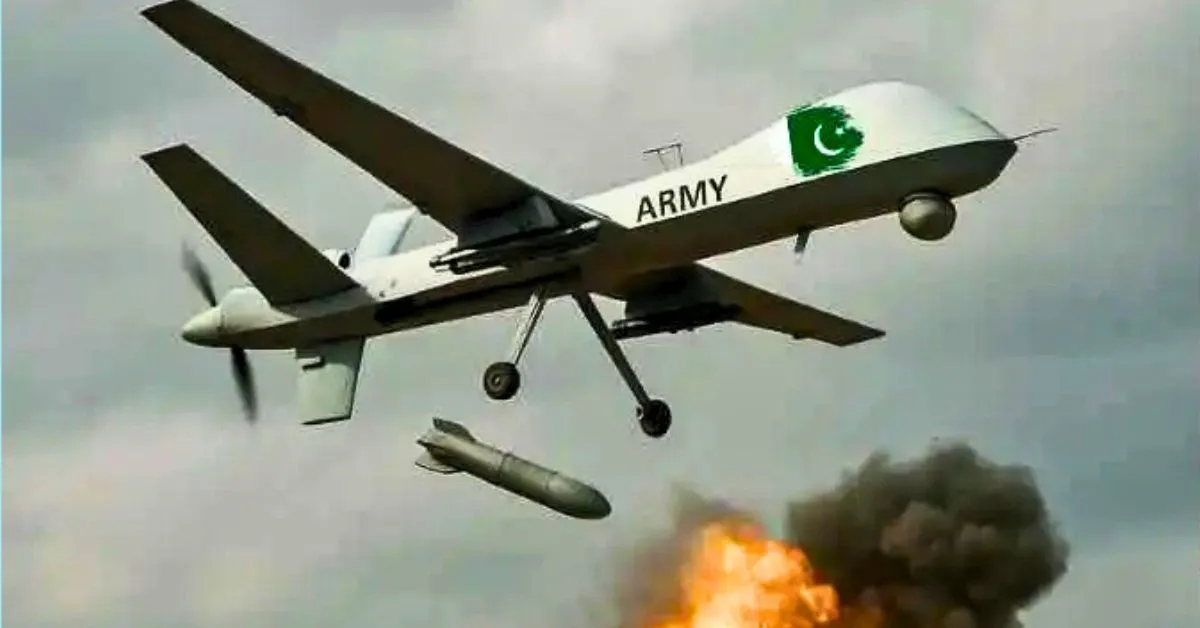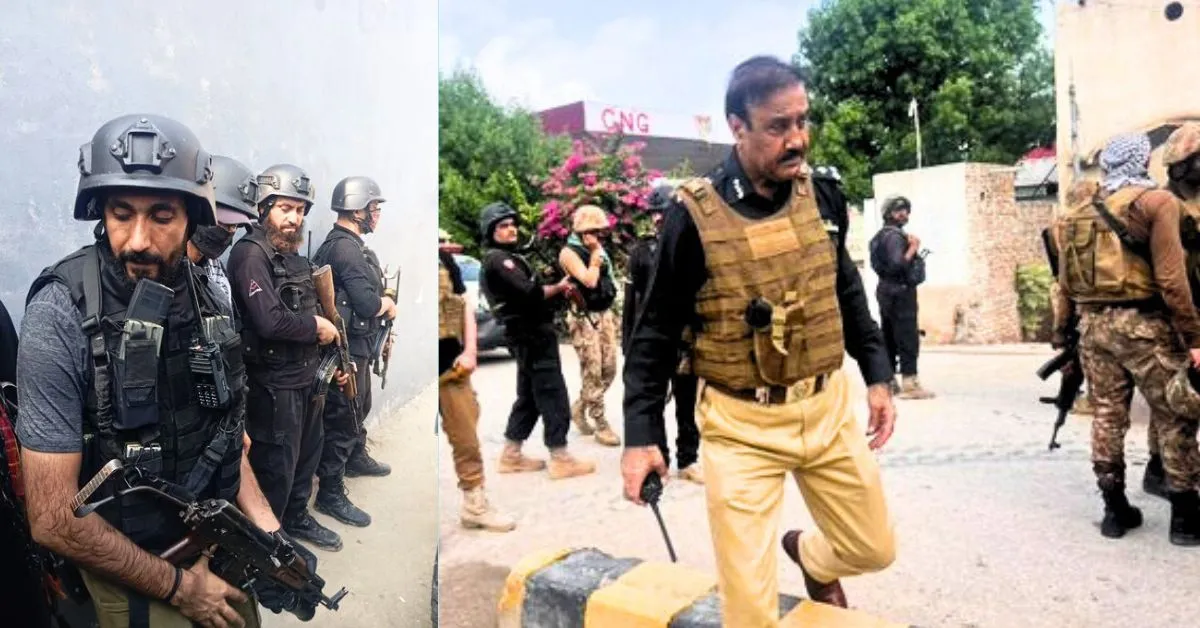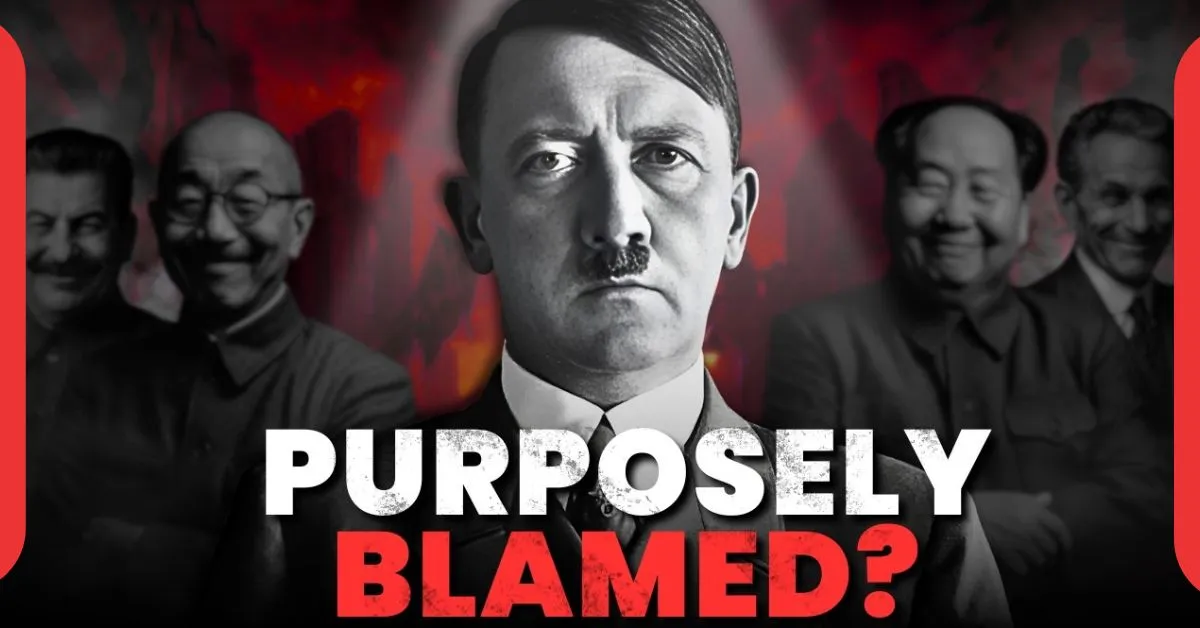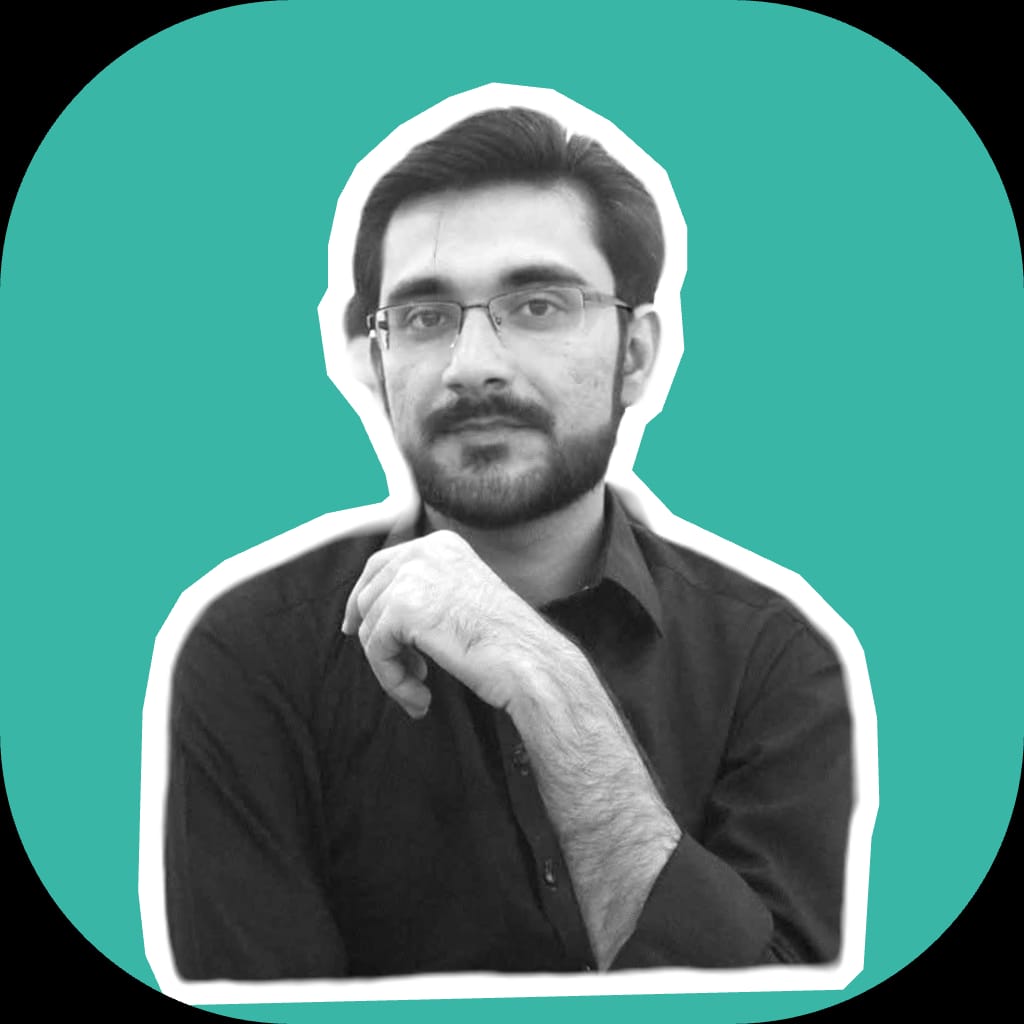On 22 April 2025, the beautiful Baisaran Valley in Pahalgam, known as ‘India’s mini Switzerland,’ was the scene of a terrible terrorist attack that took the lives of 26 people and hurt 17 more.
Name, Place, And Religions of the Victims In the Pahalgam Attack
| Name | Religions | Place |
|---|---|---|
| Sushil Nathyal | Hindu | Indore |
| Syed Adil Hussain Shah | Muslim | Pahalgam |
| Hemant Suhas Joshi | Hindu | Mumbai |
| Vinay Narwal | Hindu | Haryana |
| Atul Srikant Moni | Hindu | Maharashtra |
| Neeraj Udhawani | Hindu | Uttarakand |
| Bitan Adhikari | Hindu | Kolkata |
| Sudeep Neupane | Crishtain | Nepal |
| Shubham Dwivedi | Hindu | Kanpur |
| Prasanta Kumar Sathpathy | Hindu | Odisha |
| Manish Ranjan | Hindu | Bengal |
| N Ramachandra | Christains | Kerala |
| Sanjay Lakshman Lali | Hindu | Thani |
| Dinesh Agarwal | Hindu | Chandigarh |
| Samir Guha | Hindu | Kolkata |
| Dileep Dasali | Hindu | Mumbai |
| Madhusudan Somisetty | Hindu | Bengaluru |
| Santosh Jaghda | Hindu | Pune |
| Kashtuba Ganvotay | Karnataka | |
| Bharat Bhushan | Bengaluru | |
| Sumit Parmar | Hindu | Gujarat |
| Yatesh Parmar | Hindu | Gujarat |
| Tage Hailiyang | Hindu | Arunachal Pradesh |
This attack, which affected both tourists and locals regardless of their religion, has sparked serious discussions about national security, intelligence problems, and the growing political divides in India. Reports from witnesses, investigations, and official comments show a troubling picture of neglect and challenge people to face the dangers threatening India’s unity.
The attackers, who were later found to be part of a group called the ( TRF ) Resistance Front linked to Pakistan, carried out a carefully planned attack on tourists in the beautiful valley. People who survived shared scary stories about how the gunmen forced them to say Islamic prayers before they harmed those who couldn’t. The people who were hurt were included.
List of Victims in the Paghlam Attack
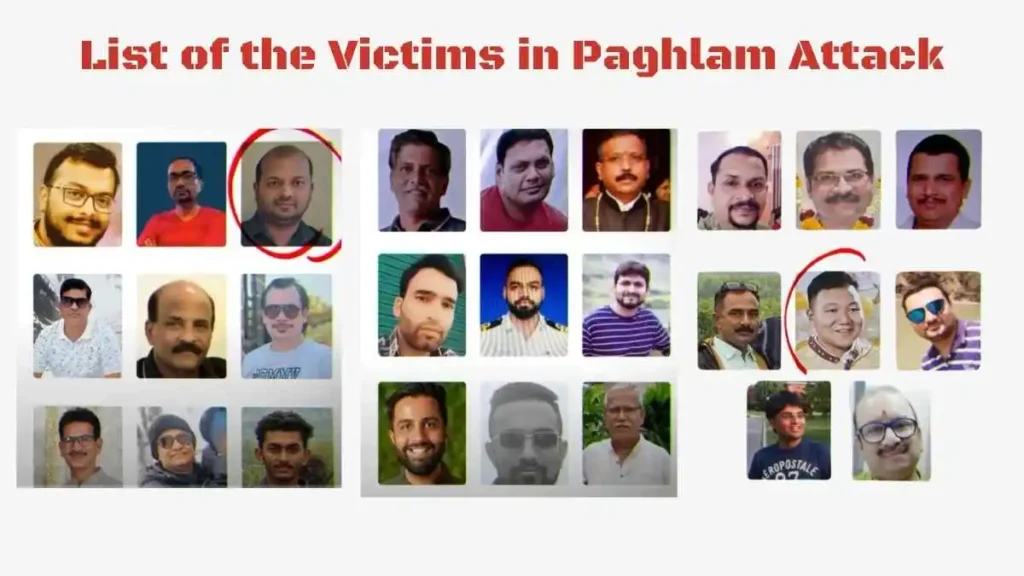
The rescue efforts were strenuous because the valley was so high up and hard to reach. Local people and mule drivers stepped in to help, carrying the hurt people on horses for more than an hour until the military helicopters showed up. “There was nobody to help us, no police or army,” said Asavari, a survivor whose dad was killed for not being able to say Quranic verses.
ALSO READ
Hurmaz Drone Attacked Mir Ali North Waziristan
The attack was eerily similar to the 2019 Pulwama bombing, which resulted in the deaths of 40 CRPF personnel, even though there were warnings from intelligence beforehand. Important discoveries show similarities.
The J&K police said that terrorists checked out hotels in Pahalgam in early April 2025. A report from the Times of India showed that security agencies got tips about strange activities but didn’t do anything about them.
Convoy Debate: In Pulwama, 2,547 soldiers were moved in a 78-vehicle convoy, even though experts warned against it. Rajesh Yadav, a former CRPF IG, later said this choice was ‘technically wrong,’ the same mistake happened with the weak security for tourists in Pahalgam.
The Defence Ministry revealed they are short by 8,400 officers and 92,400 soldiers. The security forces are stretched thin because of hiring freezes during COVID, and plans to reduce the number of troops by 200,000 to save money.
How can outsiders sneak into a country when the government says it won’t tolerate any terrorism? This question is becoming more critical because there have been more attacks in Jammu and Kashmir since 2016, like the ones in Poonch in 2023 and Reasi in 2024.
Media Outrage Over Responsibility: Channels that support the government, like Republic TV, cared more about their ratings than being responsible. In 2019, leaked WhatsApp messages revealed an anchor who was happy about the Pulwama attack because it boosted their ratings. By 2025, these same channels were blaming the courts instead of admitting there were security mistakes.
Making Tragedy Political: The BJP in Chhattisgarh posted on social media, ‘They wanted religion, not caste,’ which angered many people who felt it was using a sad event to divide voters. Journalist Preeti Choudhary described it as a perfect example of using sadness for political gain.
While billionaire Mukesh Ambani has top-notch security with NSG commandos, Vinay Narwal’s sister expressed her sadness, saying, ‘My brother was hurt for 90 minutes… Where was the army during that time?’
More studies show that there is a lot of neglect, like the 300-day strike by Kashmiri Pandits for better safety, and the violence against Dalits that doesn’t get enough attention.
Evidence suggests both terrorists and political actors profit from division.
The attackers wanted to create conflict between Hindus and Muslims to make India unstable. Reports say, ‘They want to lead us into a civil war.’
The ruling party keeps talking about how Hindus are victims, especially when discussing things like population growth and ‘Love Jihad.‘ This is similar to what extreme groups say. Analysts point out that they use fear to control people and ignore calls for unity, like ‘Long Live Indian Unity.’
The Cycle of Violence: From mob lynchings to caste violence, when people are divided, violence becomes common. A Srinagar activist points out, ‘When thugs break into stores while the police just stand by, that’s not following the law, it’s chaos.’
People in Kashmir are sad: They held shutdowns and candlelight marches, and Muslim groups like Jamat-Ulama-e-Hind spoke out against terrorism from 550,000 mosques.
Citizens are asking for change. Advocacy groups want Indians to stop being scared and to hold leaders accountable. They say, ‘We need to know: Why are soldiers not paid enough? Why don’t we have enough police officers?’
Experts suggest that we should hire twice as many police officers, update their training, and shift money from VIP security to improve public safety.
The Pahalgam attack shows that India’s democracy is being tested. Both terrorists and politicians are trying to divide people, but we need to come together to solve this. The analysis says, ‘Every violent act is like a termite destroying our country. We must fight back with unity.’ As families mourn and discussions continue, we need to create a country where safety, fairness, and togetherness are more important than religion, caste, or background.
My name is Farhad Dawar and I am graduate of the Institute of Media and Communication Studies Bahaddin Zakariya University Multan Pakistan. I’m passionate about journalism and media, and I believe in journalism of courage, uncovering the truth, and shaping the future.

